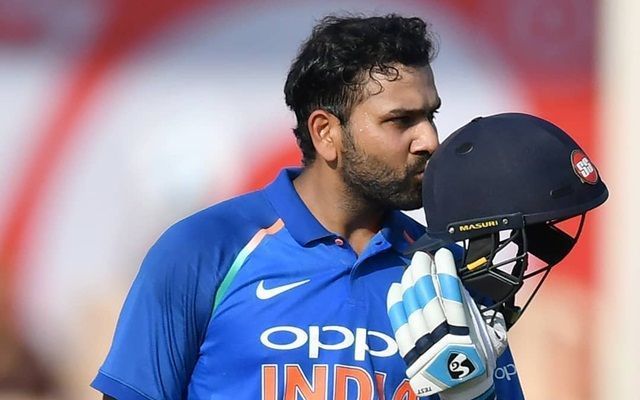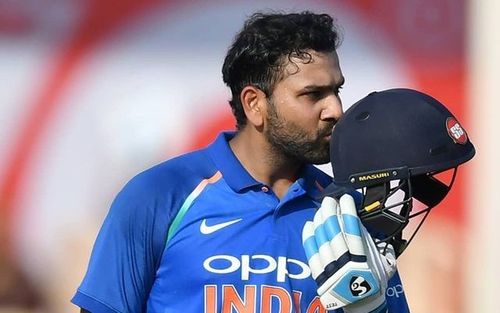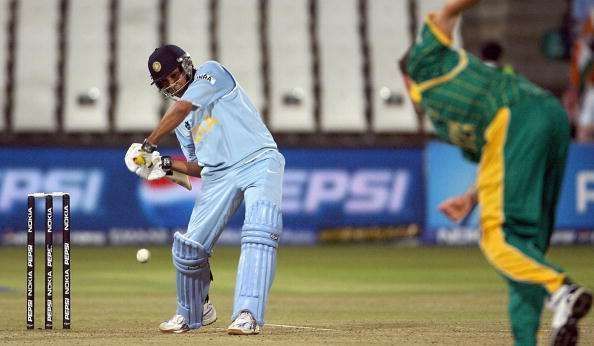
Rohit Sharma's transformation into a white-ball legend

We all know that Rohit Sharma's career did not have a blockbuster start. He struggled a lot in both - the ODI and T20I format. When Dhoni promoted him to the opening slot in 2013, there was a complete transformation in his game. It was a big help not only for his career but also to the Indian team.
In fact, for the entire Indian limited-overs setup, he turned out to be one of the potential match winners. On the other hand, he scored centuries in the first two innings, but since then he didn't have a great run in Test cricket. This shows that it's not about the start you get, it is about the consistency you show in any form of the sport. The Indian vice- captain's career is a clear example of this. He also had the will power to cope up with all the surrounding criticism when he was consistently failing, but he never lost hope and once he got the right opportunity, he capitalized on it to his full potential.
Let's look at his transformation in three segments in numbers.
#1 2007-2013

The Indian Vice-Captain batted in the middle order early in his career. He struggled a lot to convert the starts into big scores. He was often criticized for throwing his wicket early in the innings. Hence, he did not have great numbers during this period. He managed to score two centuries, that too in 2 consecutive innings. One was against Sri Lanka and the other one against Zimbabwe. Overall, he scored 1978 runs at an average of 30.43 in 81 innings, which is not a great number for any middle order batsman. The Mumbai-based cricketer managed to score only 12 half centuries and recorded eight ducks.
Rohit Sharma scored average runs in T20 internationals too. He managed to score only 531 runs in 28 innings, with five half centuries. During this period, he batted in the middle order in both - the ODIs and T20Is.